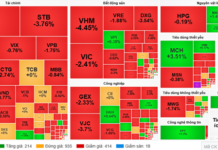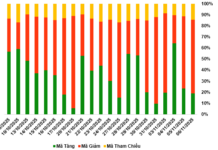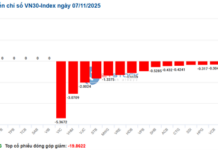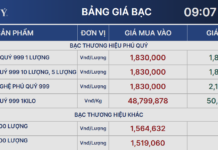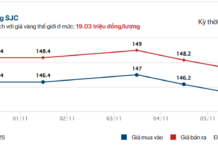Streamlining Healthcare Policies: Addressing Inefficiencies and Enhancing Patient Care
The proposed policy adjustments aim to streamline the healthcare system by addressing inefficiencies in the health insurance regulations. This includes cases where patients seek outpatient treatment at polyclinics, area polyclinics with beds, or medical facilities under the Ministry of National Defense and the Ministry of Public Security, which are classified as primary-level care.
Uncovering Shortcomings in the Current System
In its report summarizing the implementation of the Health Insurance Law from 2009 to 2023, the Ministry of Health identified shortcomings in the current system. One key issue is the policy allowing patients to seek treatment at any district-level facility within the province or nationwide, creating a sense of “open line.” While this policy intended to improve access to healthcare services, it has led to inefficiencies and waste of resources, particularly with patients bypassing lower-level facilities and flocking to high-tech hospitals, causing overcrowding.
The report also highlights the need to enhance flexibility in the system. Currently, patients are restricted to seeking treatment within their registered province, which can be inconvenient and limit their access to specialized care for rare or critical illnesses that may not be available at all facilities within their province.
Proposed Adjustments: Enhancing Accessibility and Efficiency
To address these issues, the Ministry of Health suggests adjustments to the registration process for initial medical examinations and treatment under health insurance. This includes expanding the range of eligible facilities to include primary and basic-level healthcare institutions, such as district polyclinics with beds, district medical centers with beds, district hospitals, and select private medical facilities equivalent to district hospitals as defined by the Ministry of Health.
Additionally, the proposal suggests increasing the percentage of cost coverage for patients registered for initial examinations and treatment at district medical centers without inpatient beds. This adjustment aims to encourage patients to seek care at these facilities, reducing the burden on higher-level hospitals and promoting efficiency in the utilization of healthcare resources.
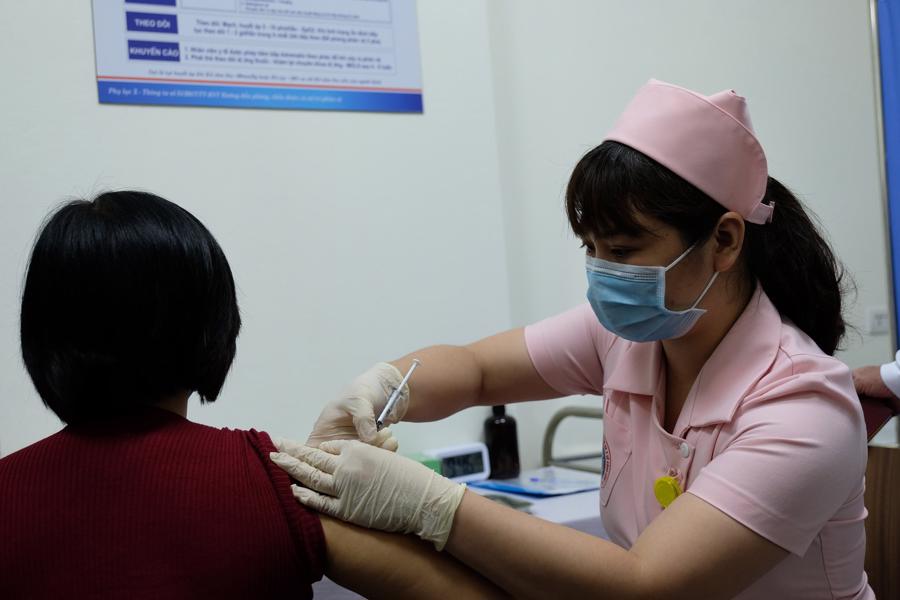
These proposed adjustments aim to simplify administrative procedures and ensure equity among different types of medical facilities. By allowing patients to seek care at primary and basic-level facilities more easily, the adjustments are expected to enhance the overall efficiency of the healthcare system while providing better access to specialized care when needed.
The Ministry of Health’s proposal underscores the importance of continuously evaluating and refining healthcare policies to ensure they meet the needs of patients and optimize the utilization of resources. By addressing the shortcomings in the current system, these adjustments aim to improve patient care and make the healthcare system more accessible and efficient for all.
Quang Nam seeks to implement a planning approach centered on Compliance, Flexibility, Synchronization, and Understanding
To materialize the plan, Deputy Prime Minister Tran Luu Quang emphasized that Quang Nam should adhere to the 8 principles: “Compliance – Flexibility – Synchronization – Understanding”.
“Seamless Online Ordering: Get Your ATM Card Delivered to Your Doorstep”
With the advancement of technology, the convenience of online banking has reached new heights. Most banks today offer the innovative service of applying for an ATM card from the comfort of your home. This cutting-edge feature showcases the digital transformation in the banking industry, bringing us a step closer to a fully digital future.

